Luca Tosi
A Physics-Driven AI Approach for Microwave Imaging of Breast Tumors
Jan 05, 2024



Abstract:In this paper, an innovative microwave imaging (MI) approach for breast tumor diagnosis is proposed that employs a differential formulation of the inverse scattering problem (ISP) at hand to exploit arbitrary-fidelity priors on the inhomogeneous reference/healthy tissues. The quantitative imaging of the unknown tumor is then rephrased into a global optimization problem, which is efficiently solved with an ad-hoc physics-driven artificial intelligence (AI) strategy inspired by the concepts and guidelines of the System-by-Design (SbD) paradigm. The effectiveness, the robustness, the reliability, and the efficiency of the proposed method are assessed against both synthetic and experimental data.
A Self-Replicating Single-Shape Tiling Technique for the Design of Highly Modular Planar Phased Arrays -- The Case of L-Shaped Rep-Tiles
Aug 18, 2022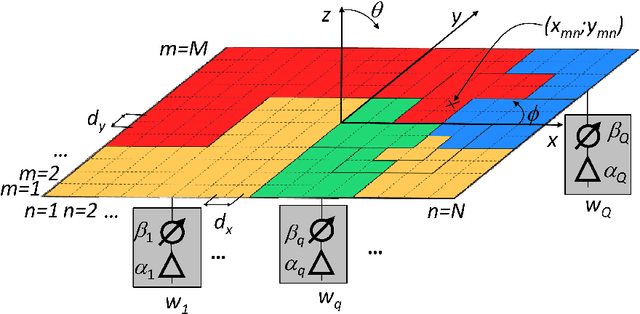


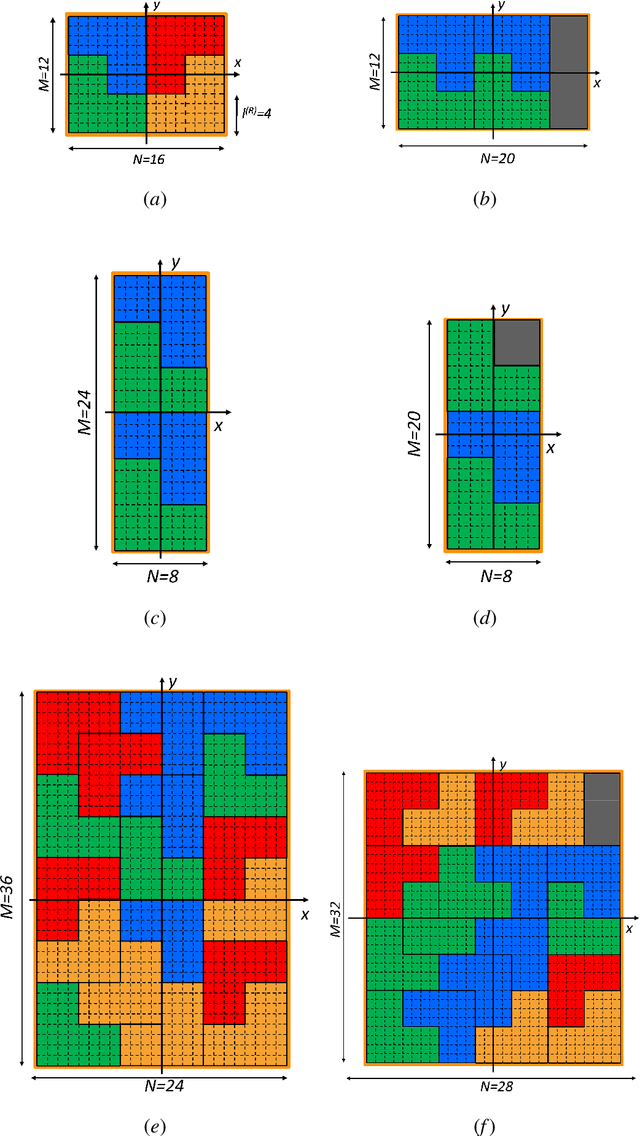
Abstract:The design of irregular planar phased arrays (PAs) characterized by a highly-modular architecture is addressed. By exploiting the property of self-replicating tile shapes, also known as rep-tiles, the arising array layouts consist of tiles having different sizes, but equal shape, all being generated by assembling a finite number of smaller and congruent copies of a single elementary building-block. Towards this end, a deterministic optimization strategy is used so that the arising rep-tile arrangement of the planar PA is an optimal trade-off between complexity, costs, and fitting of user-defined requirements on the radiated power pattern, while guaranteeing the complete overlay of the array aperture. As a representative instance, such a synthesis method is applied to tile rectangular apertures with L-shaped tromino tiles. A set of representative results, concerned with ideal and real antenna models, as well, is reported for validation purposes, but also to point out the possibility/effectiveness of the proposed approach, unlike state-of-the-art tiling techniques, to reliably handle large-size array apertures.
Array Antenna Power Pattern Analysis Through Quantum Computing
Jul 31, 2022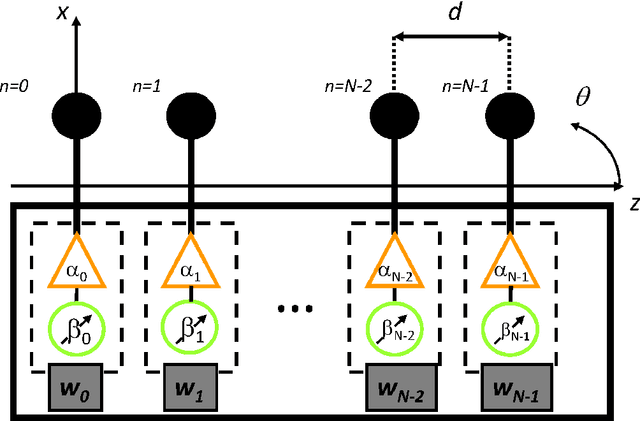
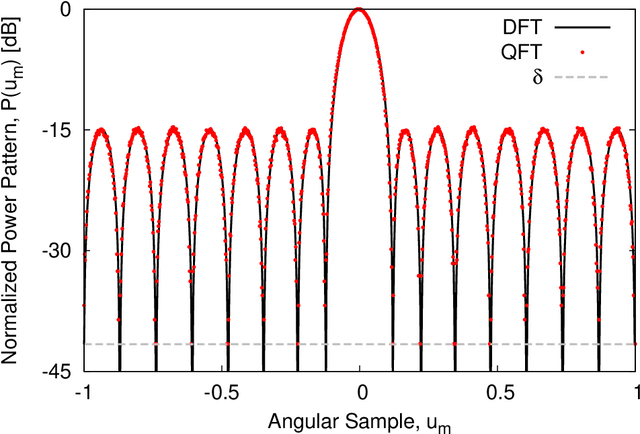
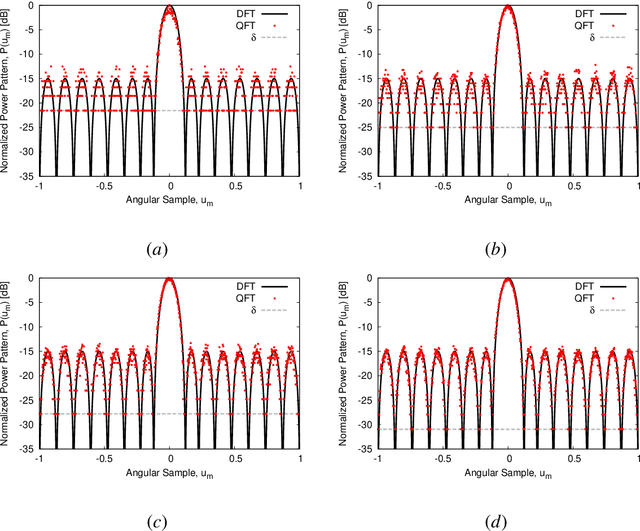
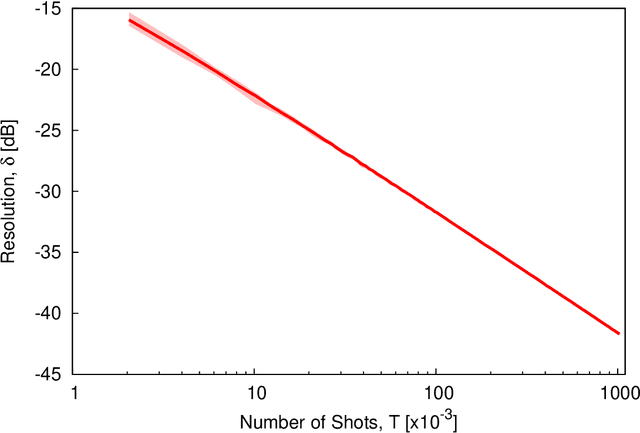
Abstract:A method for the analysis of the power pattern of phased array antennas (PAs) based on the quantum Fourier transform (QFT) is proposed. The computation of the power pattern given the set of complex excitations of the PA elements is addressed within the quantum computing (QC) framework by means of a customized procedure that exploits the quantum mechanics principles and theory. A representative set of numerical results, yielded with a quantum computer emulator, is reported and discussed to assess the reliability of the proposed method by pointing out its features in comparison with the classical approach based on the discrete Fourier transform (DFT), as well.
 Add to Chrome
Add to Chrome Add to Firefox
Add to Firefox Add to Edge
Add to Edge